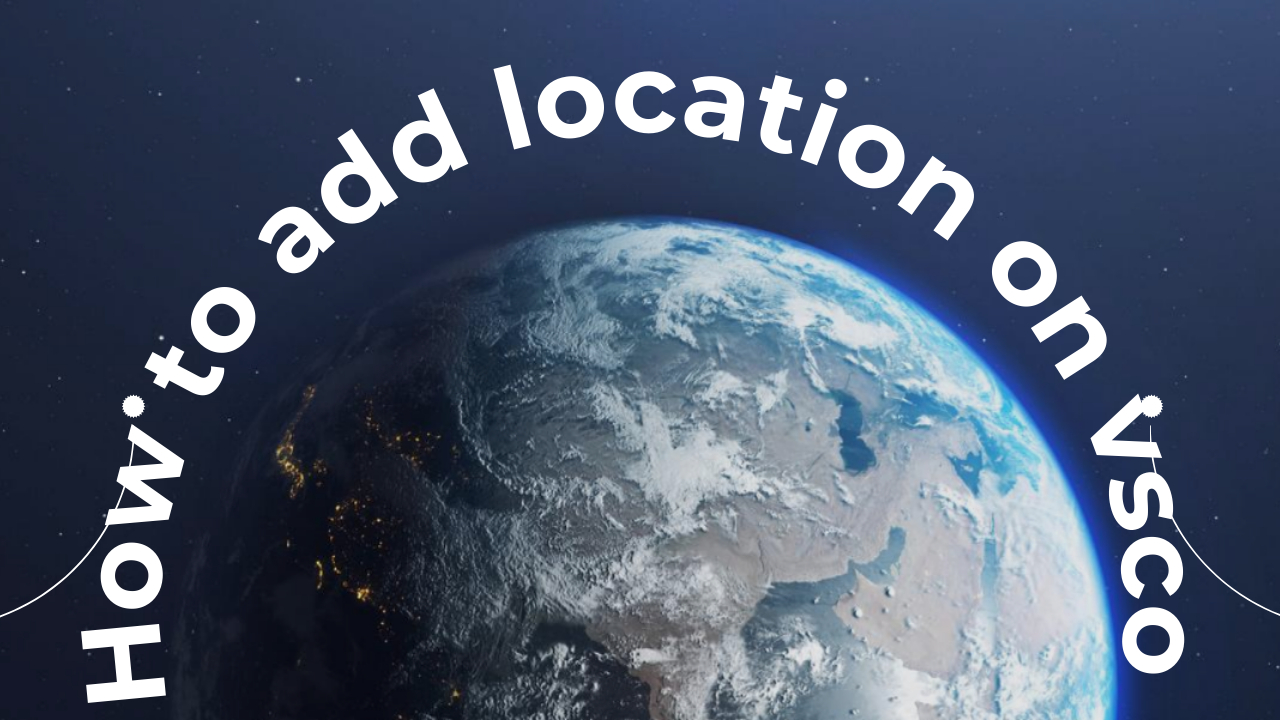How to Download and install adobe premiere pro

Download and install from the Adobe website
- Make sure that you have administrative privileges for the account you are using.
- Use the latest version of Internet Explorer, Firefox, Chrome, or Safari.
- Make sure that you have a valid Adobe ID.
- Disable pop-up blockers in your web browser.
- Temporarily disable firewalls, antivirus software, and third-party security software. Disabling them speeds up the installation process.
- Make sure that you have a valid serial number for Adobe Premiere Elements.
- Make sure that you are connected to the Internet until the installation is complete.
Download and install from the Adobe website
Open the Adobe Premiere Elements download page in your web browser.
Sign in with your Adobe ID.
If you don’t have an Adobe ID, you can create an Adobe ID.
Select the platform and language for download.
DOWNLOA NOWNote: If you want to make some adjustments to the photo just let me know. I can do it for you at a very low cost. You can hire me to edit your photo
Related post
- Company Profile Writing
 Uncover the essential components of a company profile. Our guide covers how to write about your mission, history, and contact details to showcase your business effectively.
Uncover the essential components of a company profile. Our guide covers how to write about your mission, history, and contact details to showcase your business effectively. - What is CashKaro and How to use CashKaro cashback app?
 Discover CashKaro and transform your online shopping! Learn how to earn cashback effortlessly with the CashKaro app. Start enjoying discounts today!
Discover CashKaro and transform your online shopping! Learn how to earn cashback effortlessly with the CashKaro app. Start enjoying discounts today! - How to Make a Graphical Abstract?
 Elevate your research presentation with our guide to crafting compelling graphical abstracts. Discover essential tips on visuals, clarity, and effective design.
Elevate your research presentation with our guide to crafting compelling graphical abstracts. Discover essential tips on visuals, clarity, and effective design. - Best AI tools for Facebook Ads
 If you’re seeking to improve your Facebook advertising strategies, Birch or Revealbot, AdEspresso by Hootsuite, and Zalster are exceptional AI tools that enhance efficiency and maximize ad performance.
If you’re seeking to improve your Facebook advertising strategies, Birch or Revealbot, AdEspresso by Hootsuite, and Zalster are exceptional AI tools that enhance efficiency and maximize ad performance. - Photo Editing MistakesExcessive editing, Oversaturating colors, Blurred images, Too much HDR and Overdoing filters and effects are some of the top photo editing mistakes to avoid for crafting stunning pictures.









